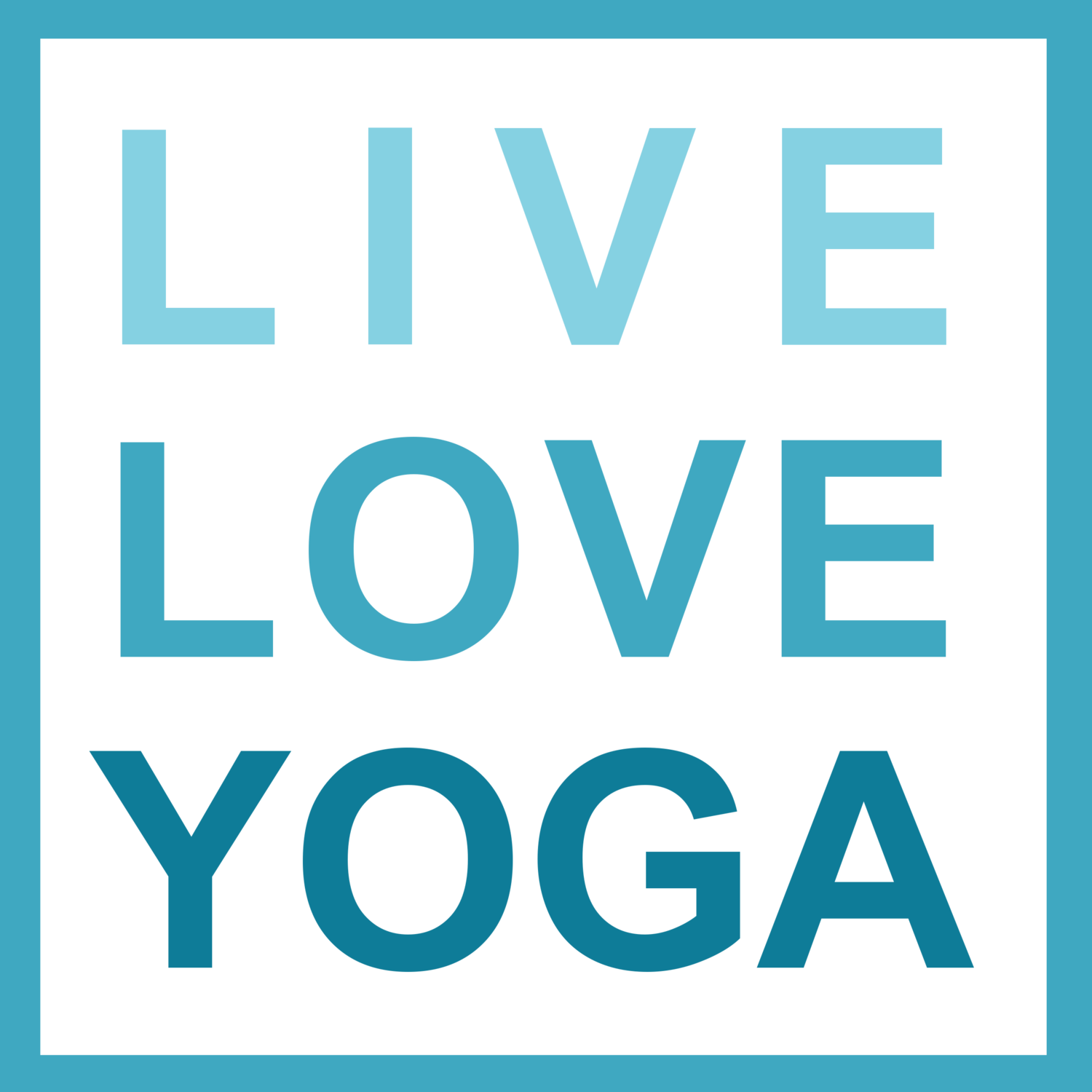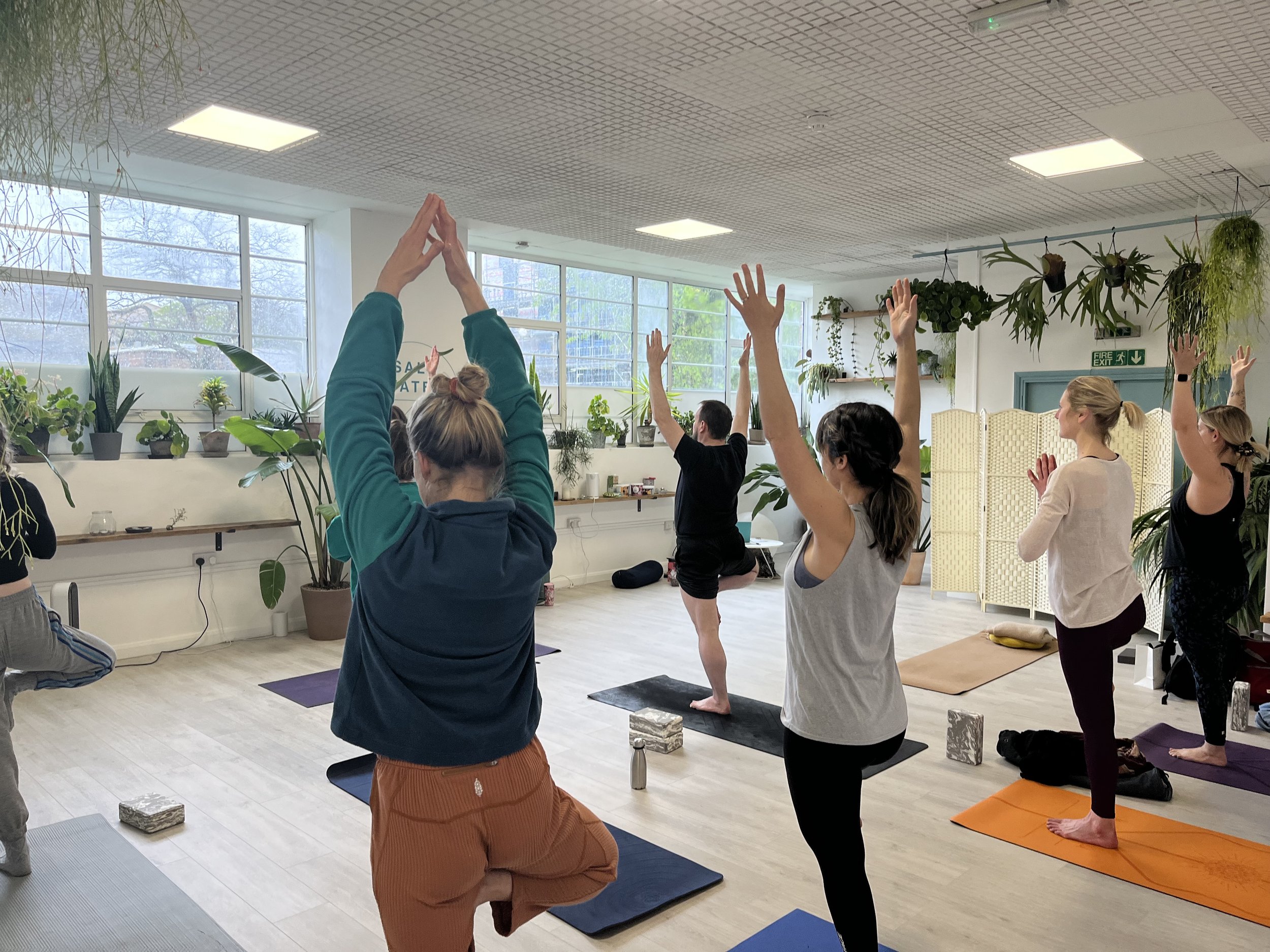Roadmap to yoga teacher training - a beginner’s guide to becoming a certified yoga teacher
So you’ve decided you want to do a yoga teacher training, or perhaps you haven’t quite decided but it’s been swirling round your mind for a while. What next? With so many options and choices, it can feel quite overwhelming to know which course to choose and it can be easy to talk yourself out of it!
The video below walks you through the different options for yoga teacher training, what to look out for in a course and how to pick the right one for you, and you’ll find key takeaways below it.
Find out about our yoga teacher training in Sussex & online
Some key takeaways from the video:
Yoga teaching is unregulated, but you usually need a qualification to get insurance.
Many schools register with Yoga Alliance, Yoga Alliance Professionals and other organisations. It’s not necessary to choose a registered school but can give you more confidence. Make sure any non-registered school is reputable.
There are lots of different formats for courses; online, in person, over a period of time, intensive, self paced. When choosing a course, think about the practicalities and what works for you - location, time, price, structure etc.
Online courses can be more flexible, allow you to catch up on replays if you miss a session or learn by going over things, cut out travel time and can sometimes be more affordable. They may offer a hybrid approach with some in person training days too.
In person courses give you experience teaching in person, you’ll meet a network of people near where you live and develop bonds in between the ‘study’ time on training days. Some people learn better in person.
Intensive courses can increase the transformational element that any yoga teacher training has. There are fewer distractions and you can fully immerse yourself in yoga, often whilst travelling and experiencing new things.
Courses that are spread over time (eg 6 months +) allow you to assimilate everything you’re learning between training sessions, and begin to put it into practice. You may start teaching your own class part way through, whether you’re studying online or in person, with support from your teacher which can build confidence. For some people, spreading the course out fits more easily around life.
Self paced courses often have touchpoints for you to interact with a teacher and possibly other students. It can be easy to weave studying in to your life at a time that suits you, but requires self motivation and/or a course that keeps you accountable.
Find out what the pricing structure is; payment plans, scholarships and bursaries can help make courses more affordable, but keep in mind cheap isn’t always best!
Take some time to understanding the course content and curriculum, making sure this is in line with your interests. Whilst courses follow similar content they all have their own leaning; some have more emphasis on teaching, some on anatomy and science, some on philosophy etc. Think about what you want to learn about.
Get a feel for the teacher and school, finding one who’s ethos you resonate with. Try to get to a class in person or online, talk to the teacher, look at their website and social media and understand their message.
Consider why you want to do a yoga teacher training and what you want to do with the qualification upon completion; does the school offer mentoring if you need it? How will you be supported once the course finishes?
Remember, there is no one perfect course, just a training that works and fits you as an individual!

